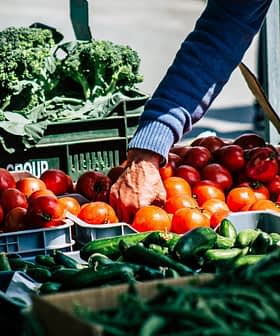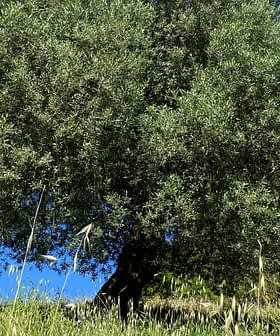New Software Models Increase Efficiency of Olive Oil Production
This program takes factors such as the harvester's budget, potential climate risks and the level of synchronization between plantation and refineries into account before providing advice to olive growers.
 Region del Maule, Chile
Region del Maule, ChileScientists in Chile have developed a software modeling program to assist olive growers in making key decisions about when to plant and harvest their crops.
The plan generated by the model extracted four percent more olive oil than the plan given by the traditional manual procedure.
This program takes factors such as the harvester’s budget, potential climate risks and the level of synchronization between plantation and refineries into account before providing advice to olive growers.
“In olive oil production two main agents are involved, the decision-maker in the field and the decision-maker in the mill,” said Eduardo Alvarez-Miranda, a researcher on the project. “The proposed model allows both decisions to be unified by determining the best flow of fruit from the field to the mill.”
The program was tested on an olive plantation in the Region del Maule in central Chile and led to an increase in oil production.
“With the same input of resources, they had a higher output of olive oil,” said Alvarez-Miranda. “The plan generated by the model extracted four percent more olive oil than the plan given by the traditional manual procedure.”
The way in which the modeling improved productivity the most was by providing data about when to harvest the olives and how many people and harvesting machines were needed to do so.
“For the planning stage it was especially important,” said Alvarez-Miranda. “The models told them how many people they needed to hire at certain times during the harvest season as well as when to rent machines. It turned out they needed fewer harvesting machines than they thought.”
The software program also provided advice to the plantation owners about managing their resources more efficiently. The company had been renting the refinery to other olive producers in order to earn some extra income.
“We managed to incorporate this into the model,” said Alvarez-Miranda. “We found that they were, in fact, losing money by letting their olives sit while they extracted oil from other producers’ olives.”
Olives must be processed soon after harvesting in order to maintain oil content and avoid oxidation.
Alvarez-Miranda believes there is huge potential in Chile for this type of statistical modeling.
A similar model has already been used in Chile for harvesting grapes. Scientists from Pontificia Universidad Catolica de Chile were able to decrease the operational costs of one grape harvester by 27 percent and labor costs by 16 percent.
However, there are a couple of issues preventing the program from being widely adopted among olive growers: specific computer software is required and not many olive producers are willing to purchase it. Then the data must be input into the software and the program must be run.
“Only one person knows how to use the tool at that plantation,” said Alvarez-Miranda. “Even so, the plantations owners paid for it and are likely to keep using it as long as that person stays on.”








